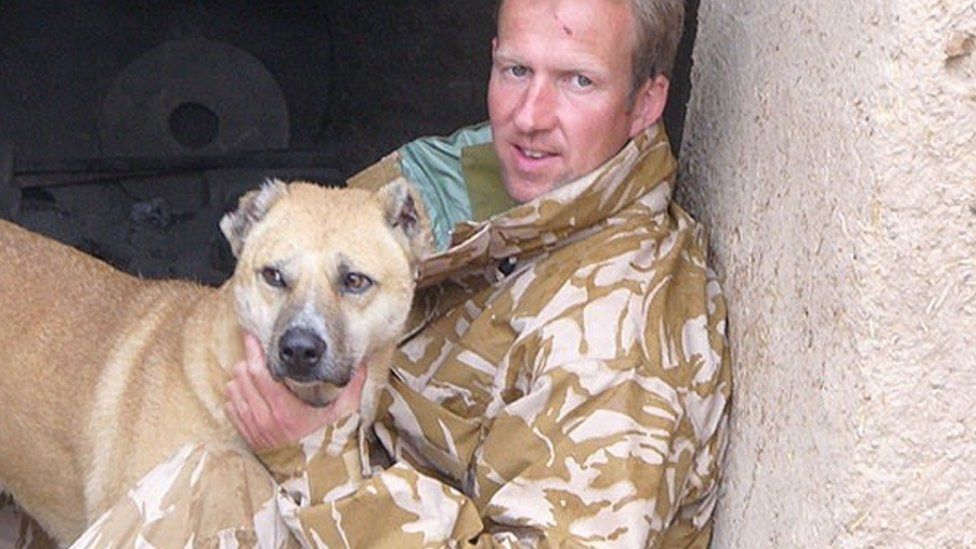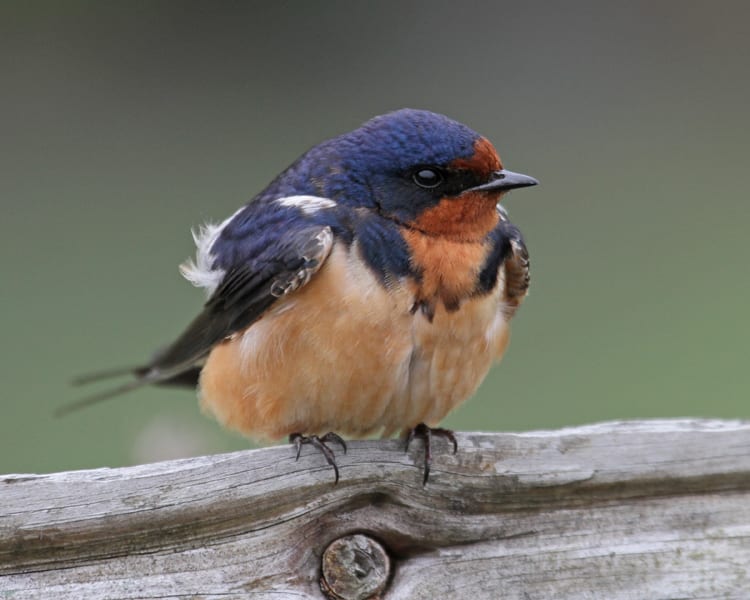Feature:
Former UK soldier finally escapes Afghanistan with his 200 dogs & cats
"As the situation in Afghanistan becomes increasingly hostile & the deadline for evacuations draw closer, there is one man’s plight that has gone viral on the internet, as he refused to leave his animal shelter behind.
Meet Pen Farthing, the former British Royal Marine who now runs Nowzad, Afghanistan’s only dog & cat shelter.
Who is this animal lover?
Paul ‘Pen Farthing, 52, is an ex-Royal Marine commando who set up Nowzad animal shelter near Kabul after serving in the military there in 2006.
Speaking of his shelter, Farthing said that while he served & was on duty in 2006, he helped break up a fight between 2 stray dogs & following this one of the strays started following him. Farthing then named the canine Nowzad after the town they were in & that’s when the idea of the shelter came in.
Farthing is also an author of 3 books based on this experience: One Dog at a Time: Saving the strays of Helmand – An Inspiring True Story (2009), No Place Like Home: A New Beginning with the Dogs of Afghanistan (2010) & Wylie: The Brave Street Dog who Never Gave Up (2014). Farthing set up the animal shelter in 2007 & looks to reunite former servicemen & women with pets they have met while on tour. The shelter also helps to rescue stray cats & dogs & provide them with food & shelter. Getting out of Afghanistan Since the collapse of the Afghan government, Farthing has been trying to get his 200 cats & dogs evacuated along with his Afghan staff & their families. Fearing the lives of his animals & the Afghan staff, he also attempted to arrange a freedom flight in an operation dubbed 'Operation Ark'. He had chartered a $500,000 plane to land at Kabul airport for the rescue operation & also made a plea to the Taliban spokesperson on Twitter to ensure safe passage into Kabul airport. Addressing the Taliban spokesman Suhail Shaheen, Farthing said: 'Dear Sir; my team & my animals are stuck at airport circle. We have a flight waiting. Can you please facilitate safe passage into the airport for our convoy?'
UK's defence secretary Ben Wallace initially dismissed Operation Ark, saying it would put 'people before pets' in the rush to flee Kabul.
He later agreed to 'seek a slot' for the plane carrying out the mercy mission, but insisted the convoy would not be able to jump the queue.
Caught in the bombings
On Thursday, Farthing was caught in the chaos when 2 explosions took place at the Hamid Karzai International Airport, killing over 170 people, including 13 US troops.
Describing the ordeal, he told BBC, 'All hell broke loose at the airport circle which is where I was, which is probably about a mile from the explosions across at the Abbey Gate & we had Taliban there firing into the air...
'And as we were trying to then flee from the airport we were getting tear-gassed so we were obviously trying to drive the vehicle when we can't see anything. It was just the most horrific thing.'
The 52-year-old later stated that he was denied entry to the airport due to a change in paperwork rules...saying he 'went through hell' to reach the airport & was turned away as the US government had changed paperwork rules just 2 hours earlier.
...He said they were 'turned away into the chaos of those devastating explosions.'
When questioned as to why he was not escorted by the British government, Farthing said that the US controlled the Kabul airport internally, so their rules 'trumped' the British paperwork he carried.
Escape, at last!
It was reported by the Daily Mail that Farthing & his furry friends finally looked to be on their way home.
According to Farthing's wife, Kaisa Markhus, he was planning another attempt & late on Friday, he made it through the Taliban checkpoints & boarded a flight with 150 rescue cats & dogs -- but he was forced to leave his staff members behind.
Farthing flew out of Afghanistan for Tashkent in Uzbekistan with 94 dogs & 79 cats on a private jet & will later return to Britain.
Animal rights campaigner Dominic Dyer told the Mail: 'We are very pleased we’ve got him out & are very grateful to the British government for their help, & for the support of the armed forces.'"
FP Staff
firstpost.com
Aug. 28/2021
Cute Critter Pics: Nowzad Rescues
nowzad.com









.JPG?ver=Oqkg_lCVP9LnDIJoDW5pjg%3d%3d)
























